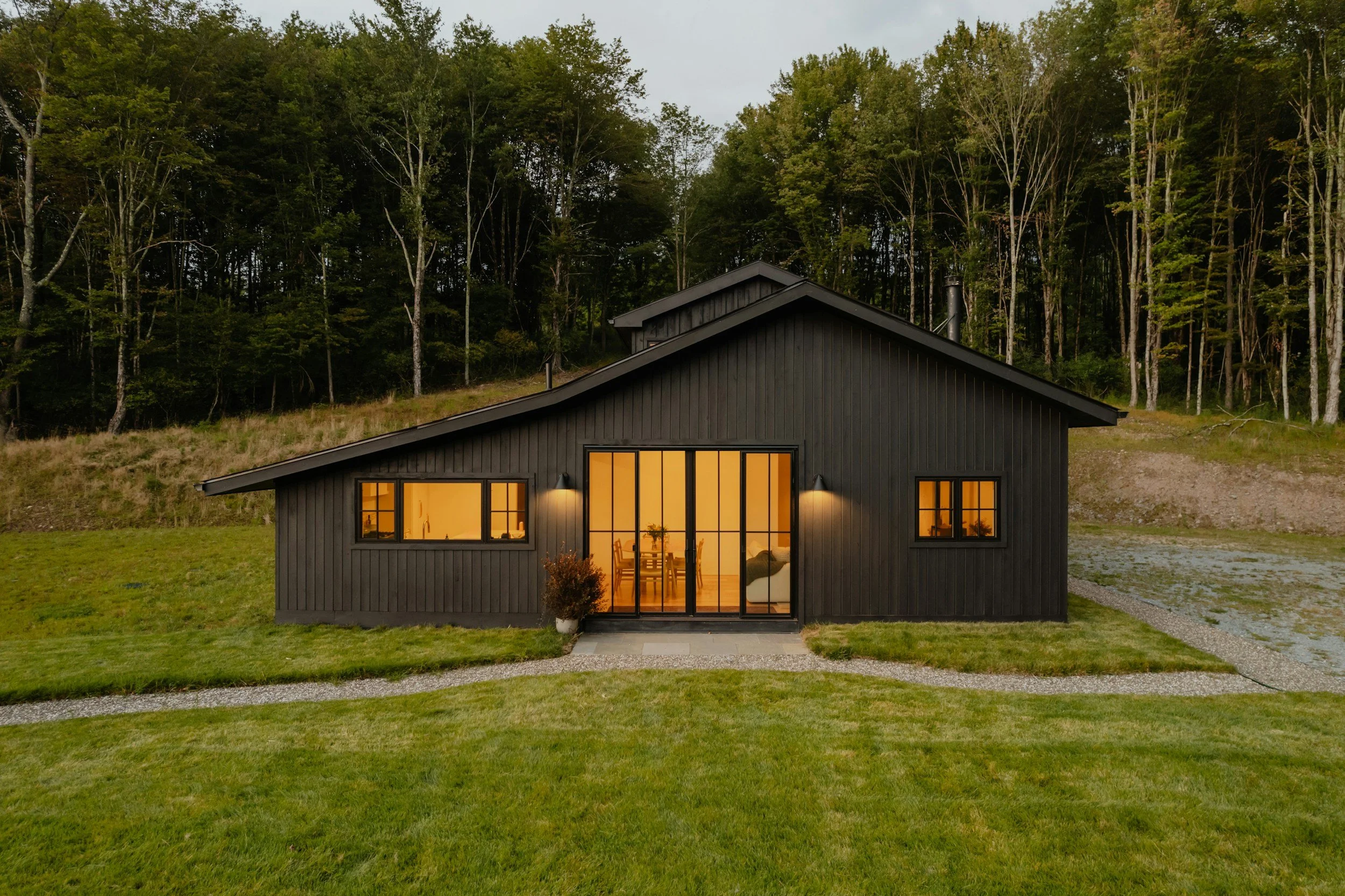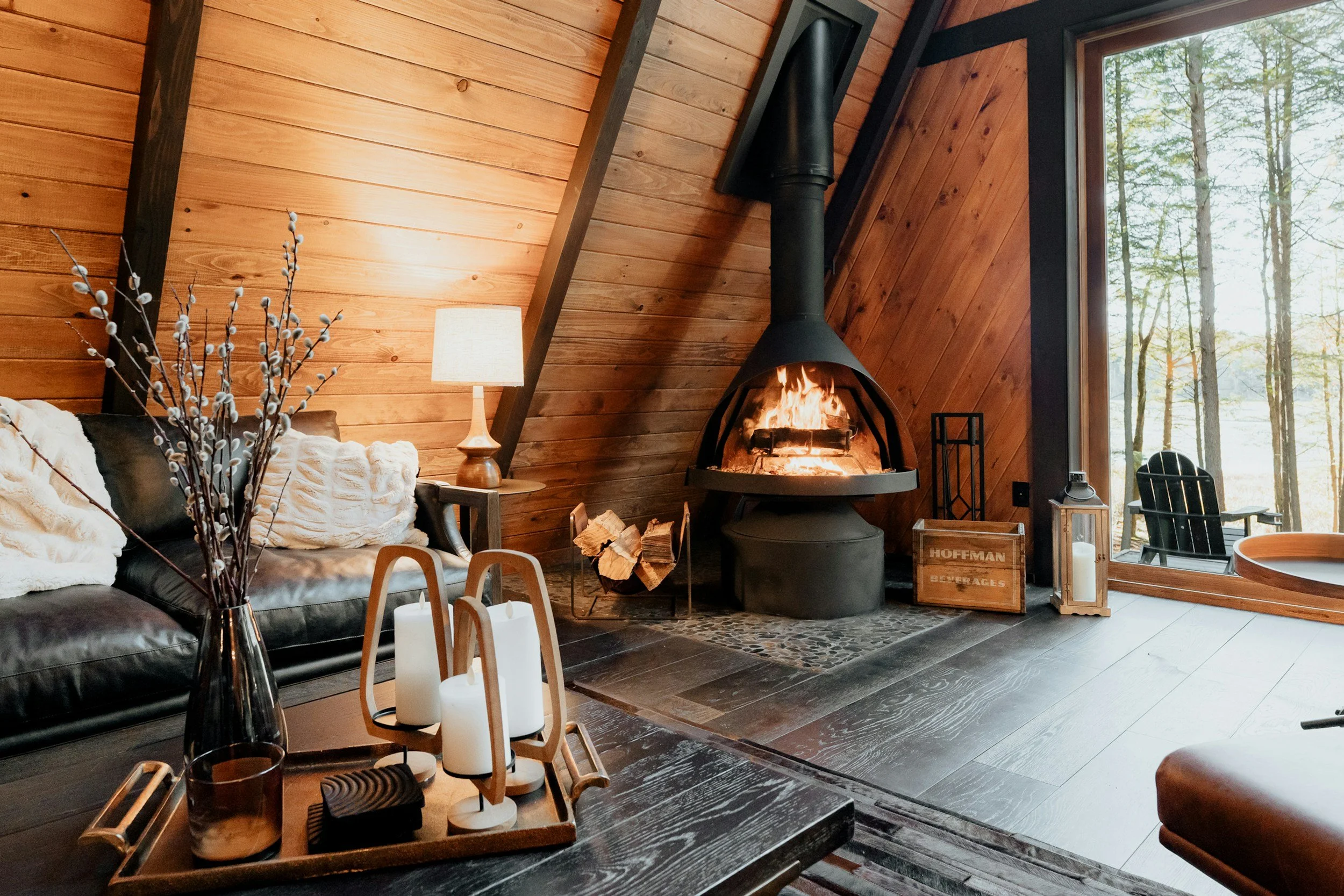34. Positive Environments: Interior Design to Ease Depression and Anxiety
The Nomadic Spaces Podcast - Season 3 Episode 6
Disclaimer that the info in todays episode are interior design ideas NOT mental health advice. While there is science around much of what we'll talk about today this is in no way a professional diagnosis or treatment, and in no way is intended to be a substitute for therapy, doctors, prescriptions, and/or medications.
On today's episode, discover the therapeutic principles of interior design as Sarah discusses mindful space planning, the importance of natural light, and the fascinating world of color psychology. Learn practical tips on decluttering, organizing, and incorporating personal touches to create a space that nurtures your mental and emotional health.
Explore the connection between nature-inspired design and reduced stress, and dive into the calming effects of proper lighting and ambiance. This episode is a guide to using your living space as a sanctuary for your mental health, emphasizing that small changes can make a significant difference.
Remember, this isn't just about making your home look good—it's about creating a haven that supports your mental well-being. Whether you're dealing with depression, anxiety, or just seeking a more calming space, these insights will inspire you to embark on a journey of transformation.
Subscribe now and share this episode with friends and family who might benefit from the therapeutic aspects of interior design. Transform your space, ease your mind, and find joy in the art of interior design therapy. Home happy!
Introduction:
-Disclaimer that these are interior design ideas NOT mental health advice. While there is science around much of what we'll talk about today this is in no way a professional diagnosis or treatment, and in no way is intended to be a substitute for therapy, doctors, prescriptions, and/or medications.
-Sarah shares her personal struggles with depression and anxiety,in hope that the episode will be helpful to others facing similar challenges.
1: The Impact of Surroundings on Mental Health
- Discussion on the profound influence of our immediate environment on emotions and mental health.
- Reference to the University of California, Berkeley study highlighting the connection between surroundings, cognitive function, mood, and stress levels.
2: Mindful Space Planning
- Emphasis on the importance of thoughtful furniture arrangement for balance and harmony.
- Avoidance of overcrowding and clutter; introduction of Feng Shui as an example.
3: Natural Light and Its Role in Mental Health
- Exploration of the positive effects of natural light on mood and productivity.
- Discussion on how sunlight regulates circadian rhythm and promotes better mental health.
4: Color Psychology
- Introduction to the influence of colors on psychological and emotional responses.
- Examples of calming colors and how understanding color psychology can inform design decisions.
5: Decluttering and Organizing
- Stressing the impact of a cluttered environment on anxiety and depression.
- Recommendation of "The Life Changing Magic of Tidying Up" for downsizing and organizing.
6: Storage Solutions and Organization Systems
- Practical tips on investing in storage solutions for a tidy and functional space.
- Discussion on the benefits of a clutter-free environment in reducing stress.
7: Personal Touches and Sentimental Items
- Encouragement to surround oneself with comforting items and positive memories.
- Suggestions for creating a personal touch through gallery walls and sentimental displays.
8: Incorporating Nature
- Discussion on the therapeutic impact of nature-inspired design.
- Introduction to biophilic design principles and their role in reducing stress.
9: Lighting and Ambiance
- Exploration of the role of lighting in setting the mood.
- Explanation of ambient, task, and accent lighting and their impact on mental health.
10: Final Tips and Closing
- Encouragement to make small, manageable changes to transform the home gradually.
- Reiteration of the goal to create a nurturing space that supports mental and emotional well-being.
If you enjoyed today's episode, don't forget to subscribe to The Nomadic Spaces Podcast and leave a review. Your support keeps us bringing engaging content to you.
You can find more about me and my contact info at sukkhainteriordesign.com or if you are on IG send me message over there @sukkhainteriordesign.
LET’S WORK TOGETHER!
FREE RESOURCES:
LISTEN TO THE NOMADIC SPACES PODCAST
READ THE BLOG
FOLLOW ON INSTAGRAM






















